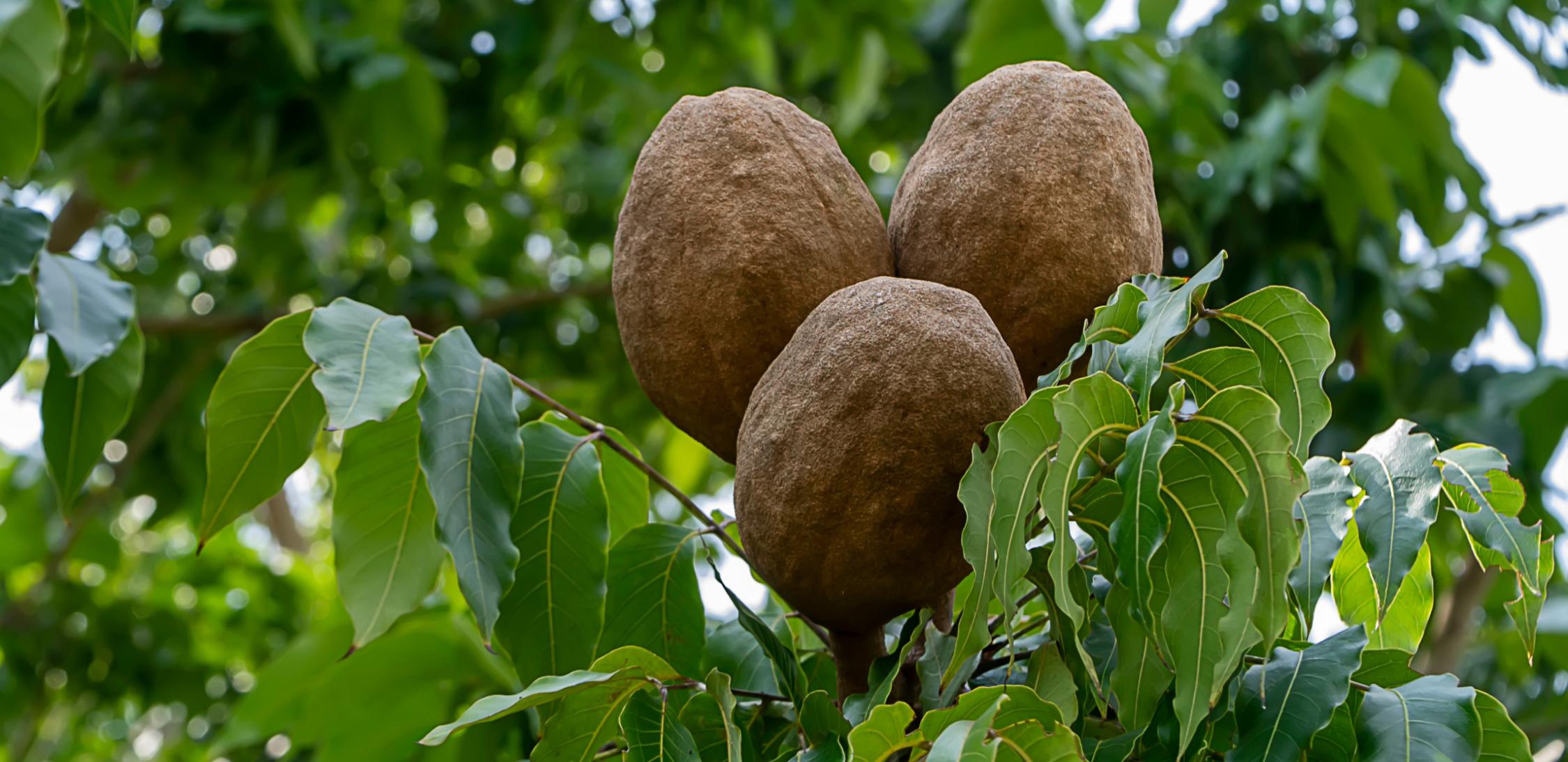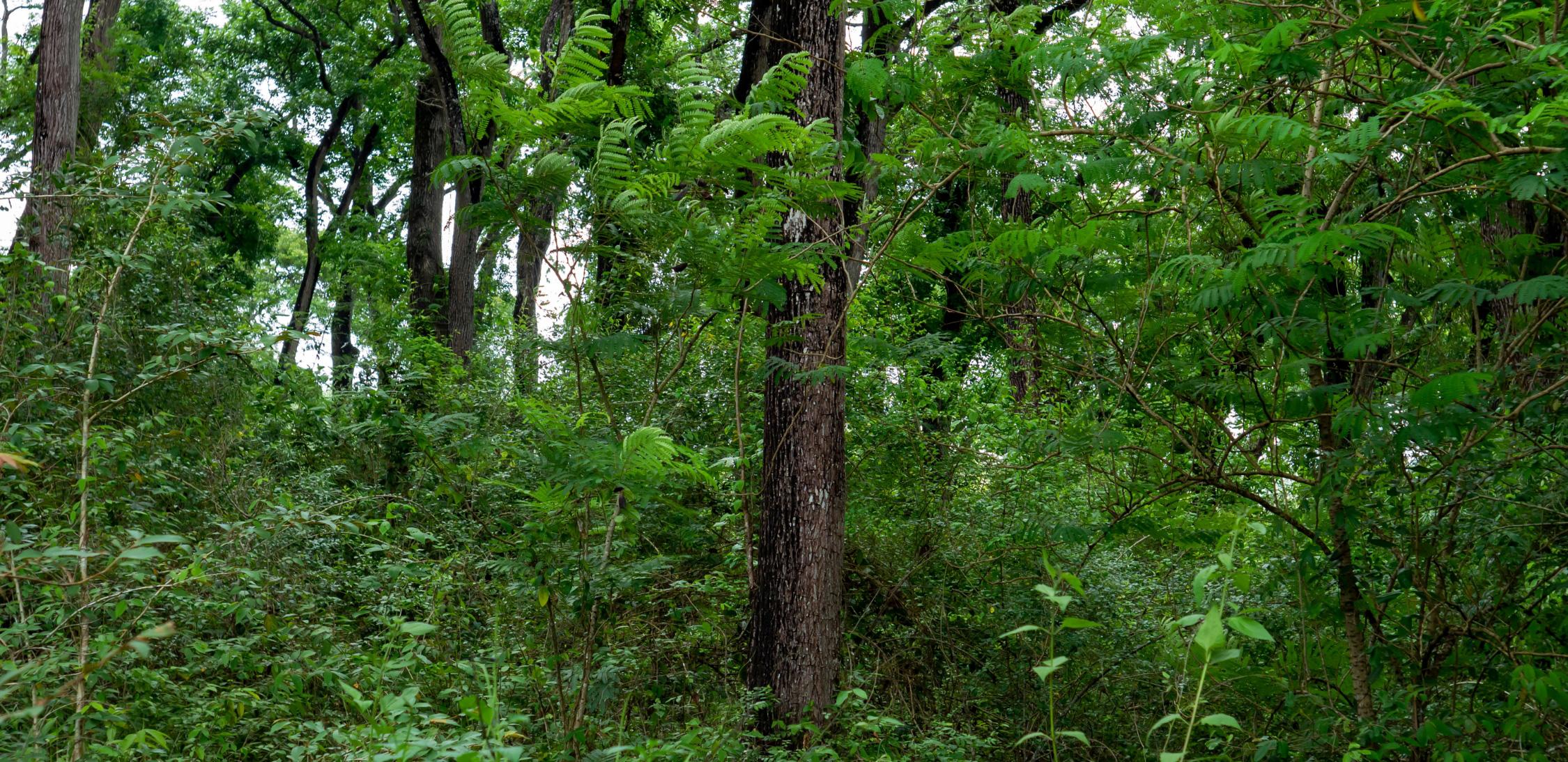
Big-leaf mahogany / Caoba
Scientific Name: Swietenia macrophylla
Origin: South America
Botanical Family: Meliaceae
Caoba is a tropical, evergreen tree native to South America, known for its medicinal seeds and valuable wood.
Brief History and Description
Caoba is a tropical, evergreen, and deciduous tree native to South America, Mexico, and Central America, whose height reaches about 40 to 60 meters. It has a big, round crown. The tree's flowers are small, white, or green and are formed in clusters. The fruits are brown capsules, woody, and firm, with large, winged seeds.
Culinary Usage and Nutritional Properties
Caoba seeds contain flavonoids, antioxidants, and saponins.
The fruit seeds are powdered after being dried and processed. Then, this powder can be added to other liquids to create a therapeutic drink or brewed into tea using hot water. Eating seeds straight from the tree can sometimes result in bitterness. In order to lessen the bitter flavor of Caoba, it is frequently combined with honey, sugar, or ginger.
Economic and Environmental aspects
Caoba trees, large evergreen deciduous trees, add organic elements to the soil while absorbing carbon. It is utilised as a windbreaker because wind cannot destroy its robust, solid wood. This tree is also suitable for use as a highway and agricultural shade tree. It is used in forestry projects and is listed as an endangered species in Appendix II of the Convention on International Trade in Endangered Species of Wild Fauna and Flora (CITES).
Caoba has considerable economic significance in the local areas. Cuts in the tree's bark lead to the production of gum. It is marketed as both a pure gum and a gum blend. Leather is dyed and tanned using tree bark. The plant's kernel can be used to extract an oil that is highly bitter and purgative and has a marketable value. The versatile wood from this tree renders it the most commercially valuable among mahogany trees. However, it is best to limit the tree's use because, over the years, extensive commercial logging has caused the Caoba to become scarce in its natural area in the north. It is listed as "vulnerable" on the IUCN Red List.
Annual Yield
Each Caoba tree produces from 11 kg to 360 kg of fruit per year, depending on its size.
Pharmacological Activities and Bio-active Properties
- Caoba seeds contain flavonoids, which are antioxidants that can help eliminate free radicals and toxins in the body,
- The saponins in the seeds can help protect the body,
- Seeds provide nutrients that have anti-inflammatory properties,
- Seeds are highly valued for their cleansing capabilities and protection against free radicals,
- The herbal tea made from seeds helps to maintain insulin levels, promote immunity, and increase circulation,
- Caoba seeds are also used in Southeast Asia as a natural bug repellent and are ingested and rubbed on the skin to repel mosquitoes.
- The crude extracts of Caoba seeds have been reported to attenuate diabetes and associated complications,
- The bark is astringent, bitter, and febrifuge. An infusion is used to treat diarrhoea and fevers.
Green Your Inbox!
With our Newsletters, Stay updated on our Stories of Change and Growth.
As a gift, get a personalised Nature E-card from PH.




